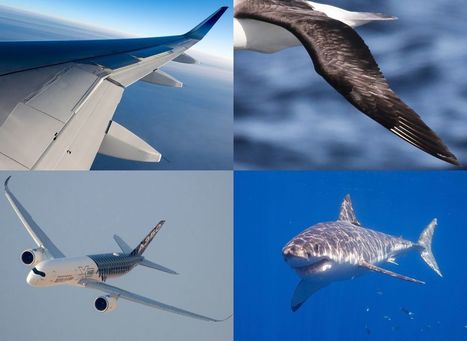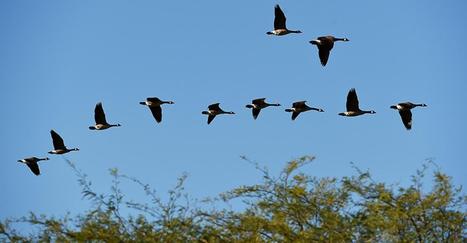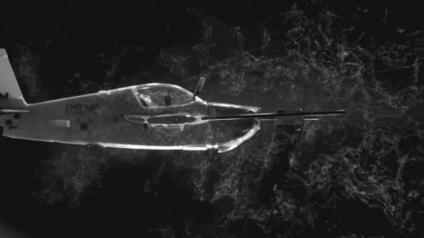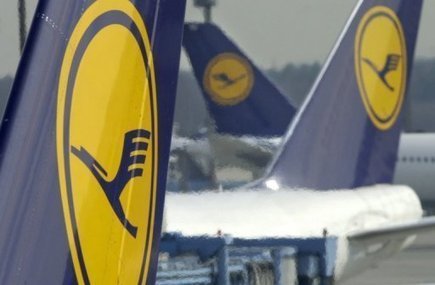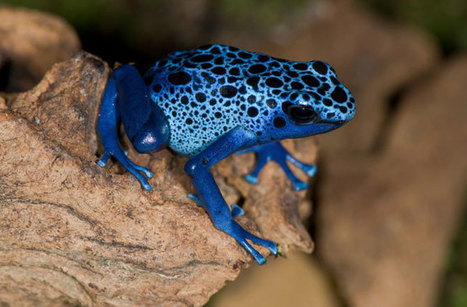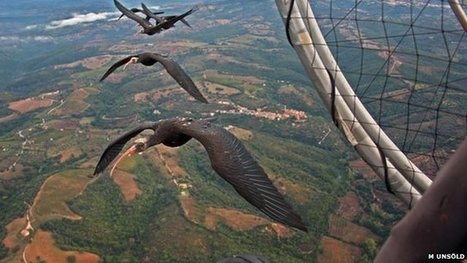The growing science of biomimicry focuses on what humanity can learn from the world, and Airbus engineers are learning quite a lot about efficient solutions for aircraft design that nature has spent millions of years refining.
Research and publish the best content.
Get Started for FREE
Sign up with Facebook Sign up with X
I don't have a Facebook or a X account
Already have an account: Login
 Your new post is loading... Your new post is loading...
 Your new post is loading... Your new post is loading...

Marcelo Errera's curator insight,
July 4, 2016 3:19 PM
A design that evolved together with a flight plan. Evolution is simultaneous for all traits.
In order to move mass over the Earth surface, i.e., to make energy flow, systems evolved in order to reduce the exergy expenditure.
Zachary12's curator insight,
November 3, 2014 4:17 PM
This is a an great idea and concept for flight similar to that comic joke that with Irish man who was the first man to fly by putting geese feather on him self. These scientist found that feather might dissipate turbulence on a plane since we have found that birds don't experience any type of turbulence. Look at Peregrine Falcon which can reach 200 mph when diving at a prey 
Brad's comment,
November 30, 2014 9:55 AM
I could see this technology being more available to small aircraft like it says, but the ability to ensure no turbulence or even a claim to even reduce turbulence in large plains is unsure. Small planes are the ones who get bounced around the most, larger aircraft are still so large I am not sure if it would be cost effective. It seems like this technology is very early. When a new technology claims it is copyiung nature it must be better, or does it? I don't see how tons of metal and steel could ever really rect like a birds wing.
Zachary12's comment,
November 30, 2014 10:03 PM
I think you right brad in fact that lager planes would not experience to much affect but the small planes might, and for copying nature I would have to say that they should look at this idea for feathers for small amount of effort for overcoming turbulence. But another maybe even better way would be a integrating more natures concepts to the wings like carbon fiber wings that might give to increase pressures or changes in jets streams. I use carbon fiber as an example is be cause it has a high tensile strength giving less likely hood to snap but this could give the once ridged wings more flexibility in flight to compensate.
|
|




